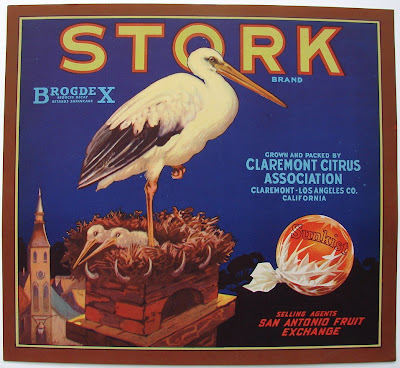In October of last year the German street artist Megx transformed an old railroad bridge
in Wuppertal, Germany, into a giant Lego-like structure. The existing bridge was retained, but the artist superimposed brightly colored panels on the walls and underside to give the illusion of being Lego bricks. Once part of the Wuppertal Bewegung railroad line, the bridge previously had been converted to a pedestrian and bicycle path. The city fathers were looking for striking artwork that would become part of an urban renewal program aimed at enhancing the residents' quality of life. They certainly succeeded!
This is the old, bland bridge ...
And now the remake ...
Wednesday, August 15, 2012
Monday, August 13, 2012
'Gaycock'
Tuesday, August 7, 2012
Monday, August 6, 2012
Sunday, August 5, 2012
The Wild, Wild West
The Western frontier is part of the cultural tradition of the United States. For a century, the cowboy has been an iconic American image, representing such values as rugged individualism, patriotism, courage and masculinity. Cowboys were a common theme in advertising, particularly in the period from 1920 to 1960, decades after the frontier was fully settled. Using cowboys to sell apples and cantaloupes may seem a bit odd, but that's what growers and distributors did back in the day. The Western images appeared on the labels of wooden crates which were used to ship their products--and attract hungry consumers at the grocery store. Here are a few examples.
Friday, August 3, 2012
Thursday, August 2, 2012
Subscribe to:
Posts (Atom)








































